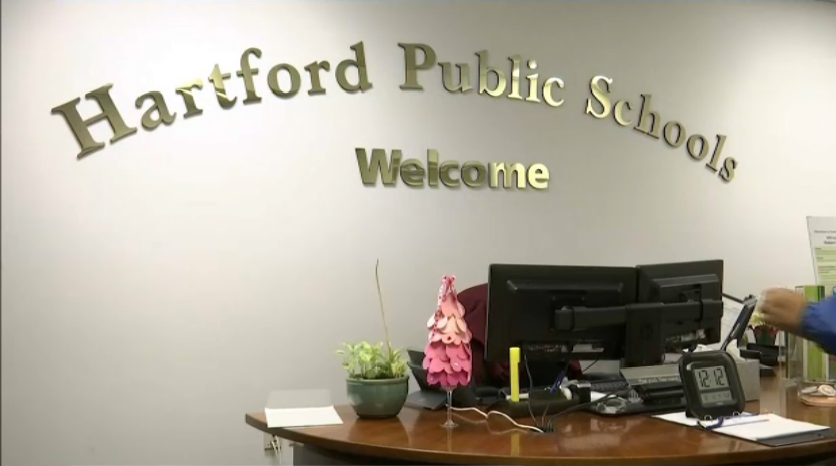Scientists are working to control an invasive species that is posing a threat to the Connecticut River. Hydrilla, an invasive aquatic plant, was first detected in the river in 2016. It has been growing and spreading throughout the river ever since.
“It is in the Connecticut River from Agawam, Massachusetts south throughout the Connecticut River to within a couple miles from the Long Island Sound," explained Greg Bugbee, who leads the Connecticut Agricultural Experiment Station's Office of Aquatic Invasive Species.
Hydrilla is a serious problem in southern states. The invasive plant was first discovered in the United States in the 1960s in Florida, according to the U.S. Army Corps of Engineers. It is known as the "world's worst invasive aquatic plant".
Environmental officials and scientists in Connecticut are working on a plan to get rid of it and stop it from spreading to other local waterways.
Get Connecticut local news, weather forecasts and entertainment stories to your inbox. Sign up for NBC Connecticut newsletters.
“We’ve seen coves and tributaries that have been completely engulfed. I mean you cannot see the water anymore. So thick," said Bugbee. "It can move very quickly."
Hydrilla forms dense mats that degrade the river habitat and the water quality. The invasive plant poses a threat to native plants. It also can prevent boats from navigating the river.
“It is a concern because I make my living on the Connecticut River," said Robert Petzold, president of the Chester Boat Basin.
Local
Petzold said he has seen boats get stuck in the Hydrilla before.
“Really in last six years we have seen it grow exponentially," said Petzold. "It grows inches per day."
The strand of Hydrilla in Connecticut has never been detected before in the world.
“It means we need to know more about it and it is just unlike anything we have seen before," said Bugbee.
The Office of Aquatic Invasive Species is working with the U.S. Army Corps of Engineers. They are researching the best practices for managing Hydrilla.
The state did a mapping project and estimates that Hydrilla is now in 1,000 acres of the river system.
As research continues, people can help prevent the spread by cleaning, draining, and drying all boats at ramps and marinas.



